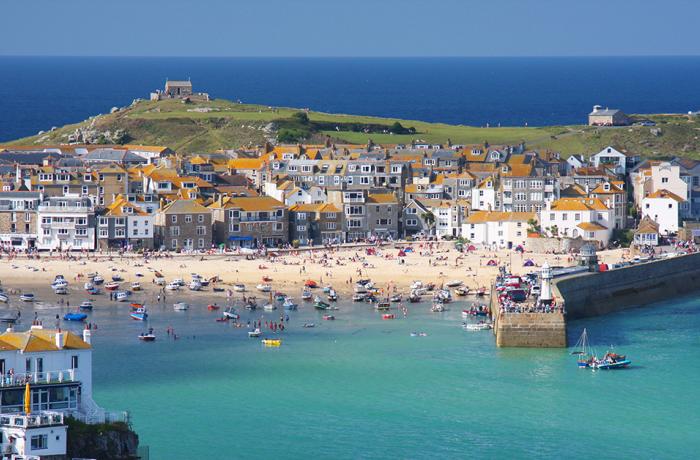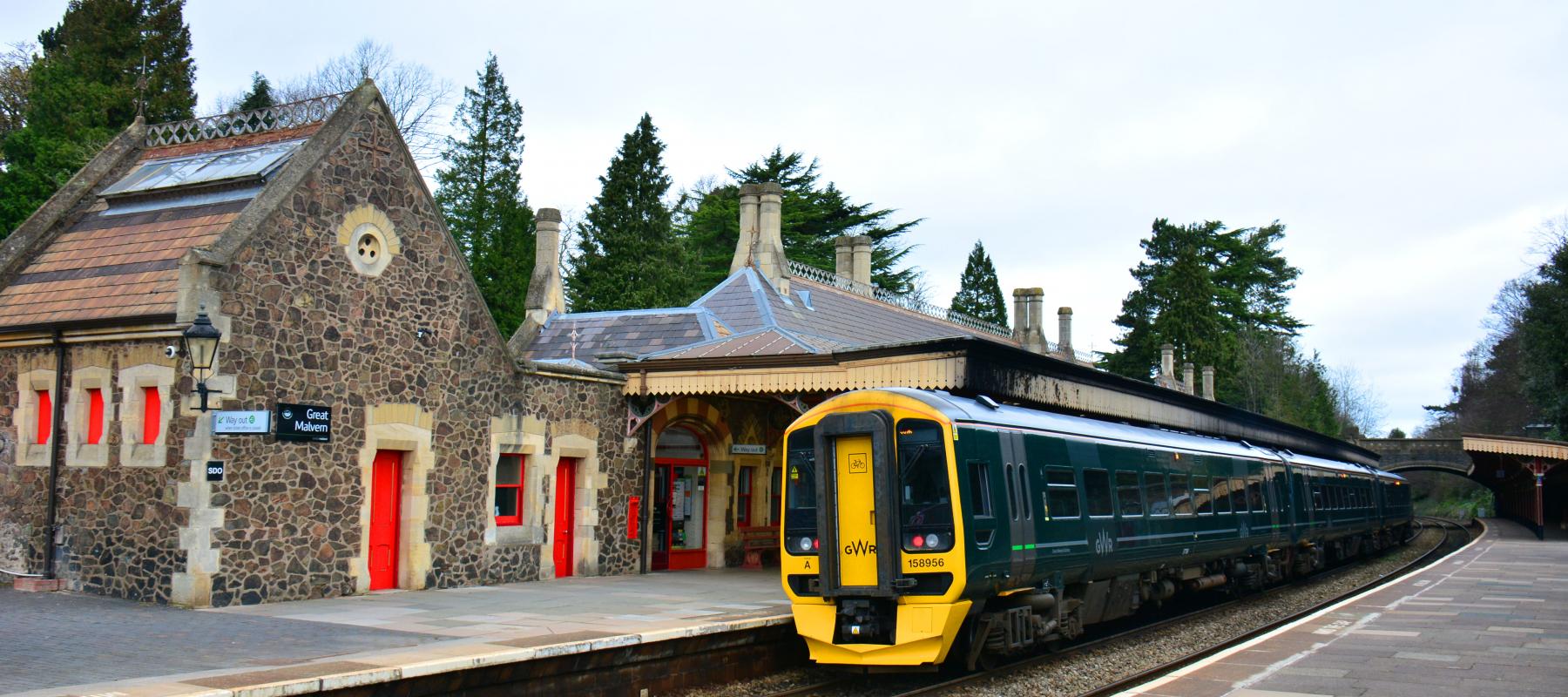
Exploring the Cotswold Line
Join our guest blogger, Luke James, as he shares with us things to see and do while exploring the picturesque Cotswold Line.
Our journey begins in Oxford, also known as the 'City of Dreaming Spires' and the gateway to the Cotswolds.
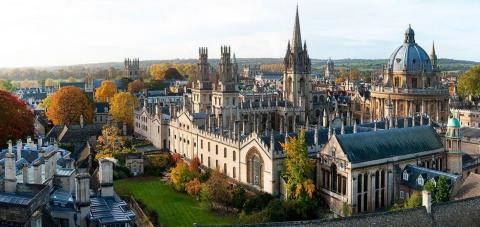
For over 800 years Oxford has been a home to royalty and scholars and was originally known as 'Oxenaforda', meaning 'ford of the oxen'.
Nowadays, the city is bustling with its mix of ancient and modern. Before you catch the train, visit one of the many historic buildings, colleges or museums to learn more about the area's rich heritage.
Now back to the train... For the next 86 miles I'll be pointing out interesting things to see, exciting things to do and hopefully providing you with inspiration to take your own trip along the scenic Cotswold Line.
As the train leaves historic Oxford behind, it's not long before you begin to journey through the Cotswold Area of Outstanding Natural Beauty (AONB). Soon we reach the small village of Hanborough, near to the exquisite Blenheim Palace, birthplace of Sir Winston Churchill.
Staying on the train, we now move onwards to Charlbury, a quaint Oxfordshire town on the edge of the ancient Wychwood Forest.
Why not get your walking boots on and explore the area before taking a well-earned rest in one of the many welcoming pubs back in the town centre?
Next up on our journey is the market town of Moreton-in-Marsh. This pretty little town is relatively flat and low-lying compared with the surrounding Cotswolds Hills.
Visiting on a Tuesday? Make sure you spend time exploring the bustling market.
Just outside of town you'll find the Four Shires Stone, marking the historic meeting point of the four counties of Gloucestershire, Worcestershire, Oxfordshire and Warwickshire. *Please note, it is not easy to access the stone on foot or by public transport, with this in mind we advise booking a taxi from the centre of town.
Back on the train we now move into the county of Worcestershire, via the towns of Evesham and Pershore and onwards to reach the city of Worcester. We arrive into Worcester Shrub Hill station with its Victorian Grade II* listed waiting room on platform 2B. Restored to its former glory in 2015, this is an attraction in its own right and definitely worth a visit.
Leaving Worcester Shrub Hill the train curves to the south-west where passengers can appreciate panoramic views over Worcester including the cathedral, as well as the Malvern Hills which form the picturesque backdrop to this great city.
We now reach Worcester Foregate Street station, located on the bridge over Foregate Street itself; the station really is in the heart of the city.
From here walk out of the station and enjoy browsing the many shops along the main high street.
At the end of the street you'll find a statue of Edward Elgar, a very famous musical composer from the city.
Continue a little further and you'll soon reach the magnificent Worcester Cathedral.
Built between 1084 and 1504, this timeless building stands proudly over the city and is well worth a visit.
If the weather is sunny, take a walk along the River Severn, watch the world go by and look out for the beautiful white feathered swans which gather along the river.
Carrying onwards the train cruises out of Worcester and passes over the River Severn heading towards the Malvern Hills. On the approach the enormity of these mighty hills becomes very apparent.
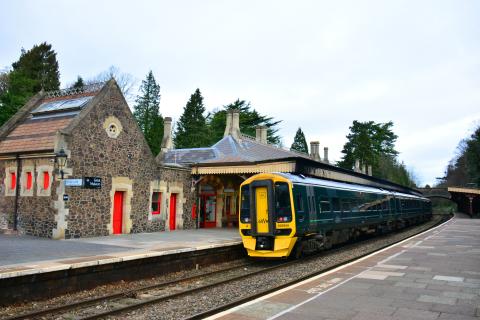
After a brief stop at Malvern Link station, the train arrives at Great Malvern. A classic Victorian railway station, frozen in time. The station is home to a quaint tearoom on the Worcester-bound platform.
Take time out to stop here for a drink and maybe treat yourself to a delicious slice of homemade cake!
A short uphill walk is required to reach the town centre, although if you'd prefer there are frequent local buses.
The Victorians used to flock to this spa town in the belief that its spring water had healing qualities. Of course, in those days, with no healthcare, people had to rely on the hope and belief that the waters would heal and cure.
Still to this day there is a water fountain from where anyone can collect Malvern water to drink for free.
Stretch your legs with a walk up the Malvern Hills.
Although the walk may be challenging, the views from the Worcestershire Beacon at the top are very rewarding. On a clear day, you can see for miles around and get the vista of three cathedrals: Worcester, Gloucester and Hereford.
Back on the train again we continue forward travelling through Colwall tunnel, into Herefordshire and the village of Colwall. From here the train passes through the picturesque cider and wine making region.
Next stop is Ledbury, a small Herefordshire market town, that boast medieval timber framed buildings. Look out for the outstanding Market House, built in 1617 and located in the town centre.
Our train journey comes to an end at Hereford's magnificent station. The city itself makes for a lovely day out with cobbled streets of medieval beauty.
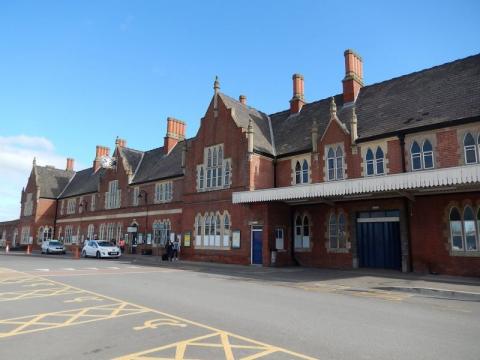
Visit the impressive cathedral, only a short walk away from the station or head down to the River Wye for a relaxing afternoon stroll.
After 86 miles of travelling this wonderful line, we have visited the cities and county towns of Oxford, Worcester and Hereford and by doing so have passed through four glorious counties, abundant with history and their own unique culture. Now don't just take my word for it, go out and have your own adventure along the Cotswold Line.
Click here to discover more about how you can explore the picturesque Cotswold Line.
Subscribe to our blog posts. We are planning to post about once a month. We will never share your details and you can unsubscribe with a single click.



